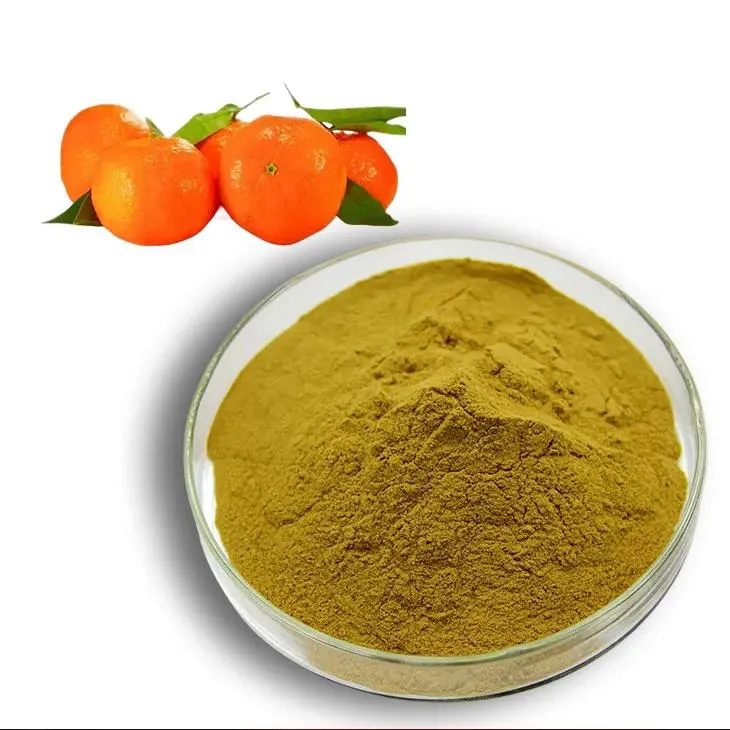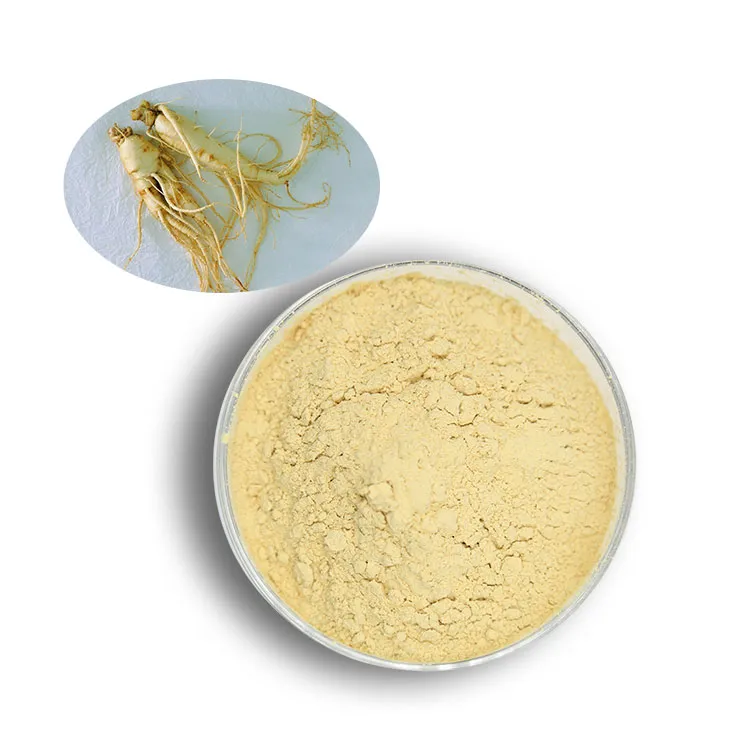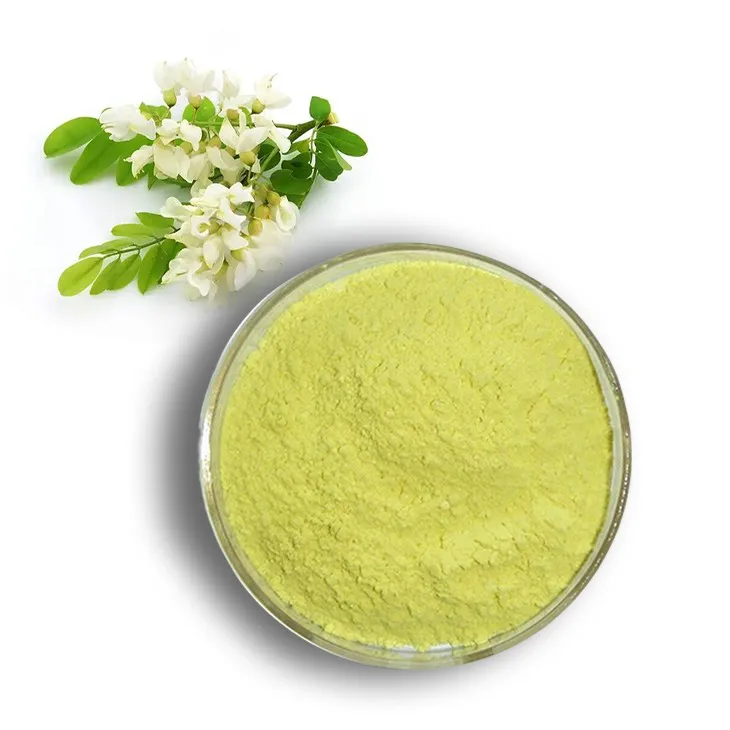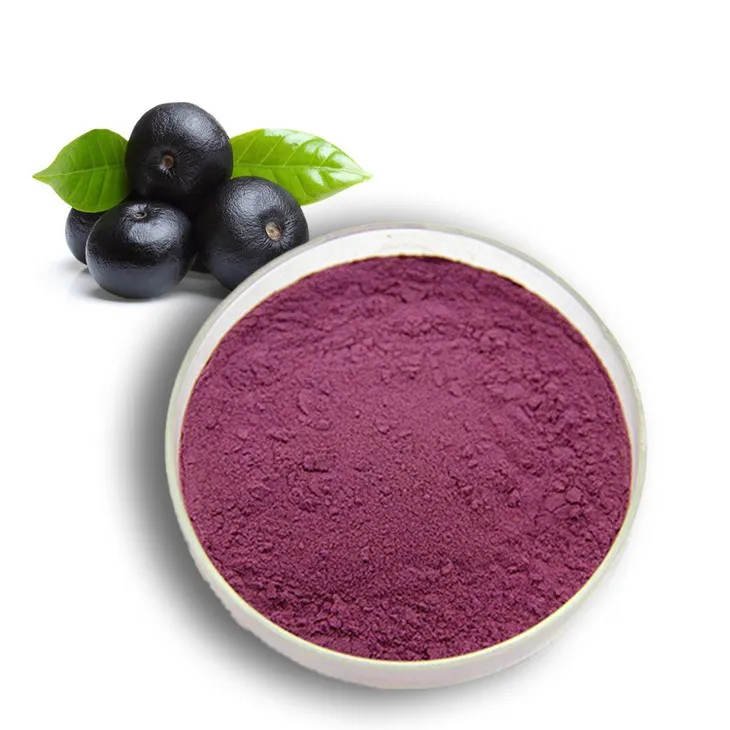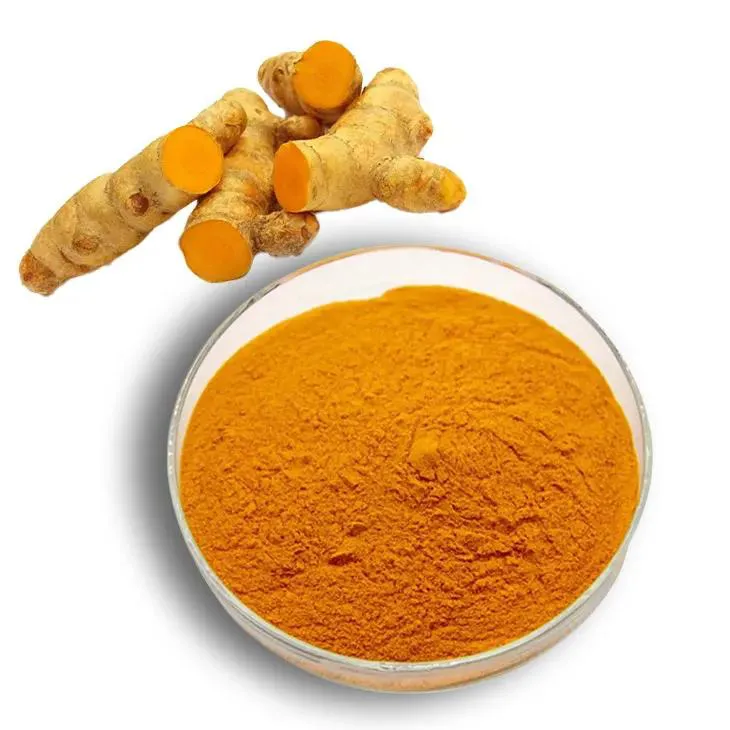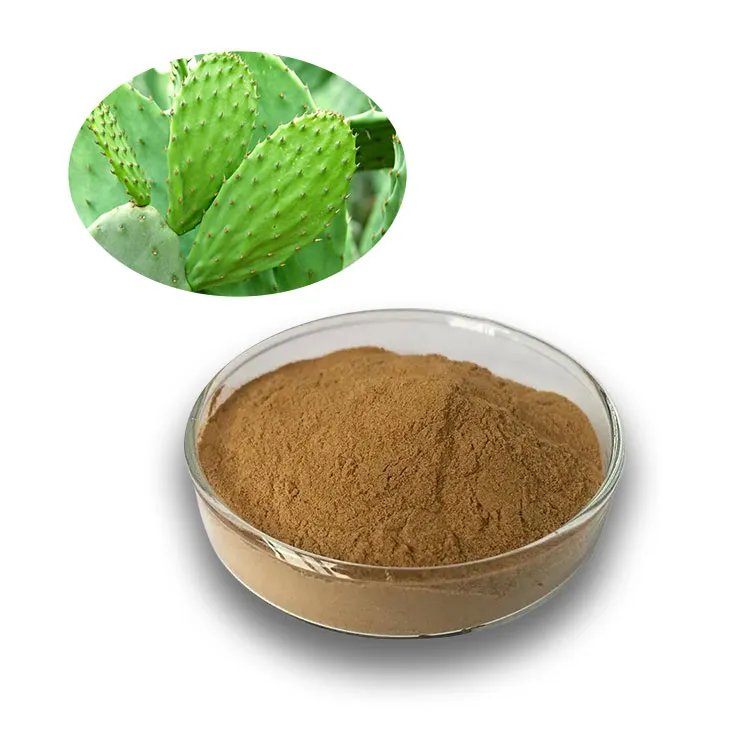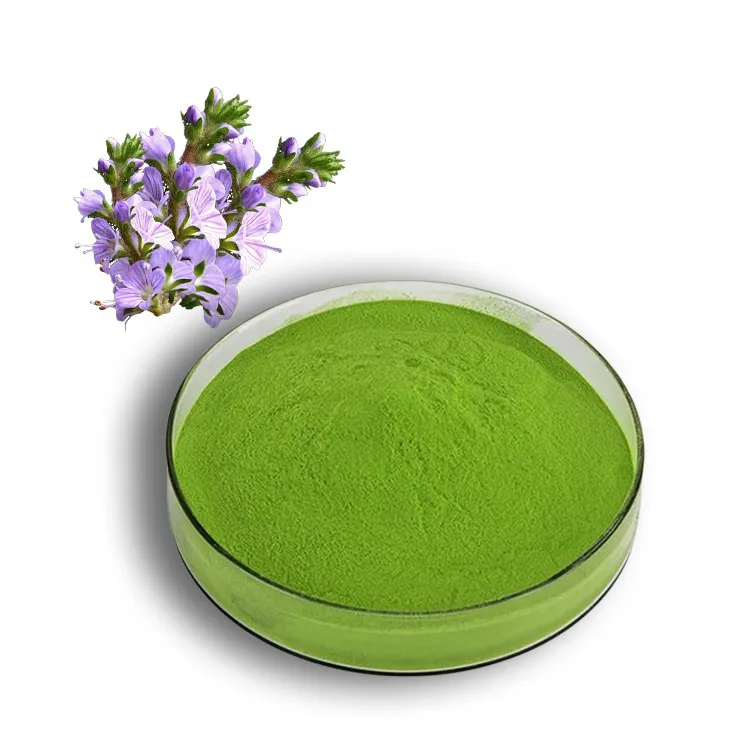- 0086-571-85302990
- sales@greenskybio.com
Is the Best Vitamin for Eyesight? A Comprehensive Review
2025-09-24
Maintaining optimal eyesight is essential for quality of life and overall well-being. As rates of age-related eye conditions climb—particularly macular degeneration, cataracts, and diabetic retinopathy—many individuals seek nutritional solutions to preserve their vision. Among vitamins and nutrients promoted for eye health, which is the “best” vitamin for eyesight? The answer involves not only the unique roles of certain vitamins in ocular physiology but also an understanding of how they work together to protect the eyes from disease, degeneration, and daily stress.
This article provides an in-depth review of key vitamins for eyesight, examines their specific functions, analyzes scientific evidence, and offers practical advice for individuals aiming to improve or maintain healthy vision throughout life.
The Anatomy and Physiology of Vision: Why Nutrients Matter
The human eye is a complex organ requiring constant nourishment. From the cornea and lens that focus light to the retina and macula responsible for processing visual information, dozens of nutrients work synergistically to support cell growth, protect against oxidative damage, and facilitate signal transmission.
Daily exposure to sunlight, blue light from screens, pollutants, and metabolic stress can all generate free radicals and inflammation, threatening eye cells’ integrity. As such, adequate intake of key vitamins is essential for both everyday functional vision and long-term resilience against age-related decline.
Vitamin A: The Cornerstone of Visual Function
When it comes to eyesight, vitamin A stands out as the single most critical vitamin—particularly for its role in night vision, prevention of dry eyes, and overall retinal health.
Roles and Mechanism:
Vitamin A is required for the synthesis of rhodopsin, a protein within the rods of the retina responsible for seeing in low-light conditions.
It maintains the surface lining (epithelium) of the eye, ensuring adequate moisture and protection from pathogens.
Deficiency can lead to night blindness, dry eyes (xerophthalmia), corneal ulcers, and—in severe cases—irreversible blindness.
Sources:
Preformed vitamin A (retinol) is found in animal products such as liver, eggs, and dairy.
Beta-carotene, a precursor converted to vitamin A, is abundant in orange and dark green vegetables: carrots, sweet potatoes, spinach, and kale.
Evidence:
Research from global health organizations demonstrates that restoring vitamin A levels reverses night blindness and reduces risk of childhood blindness.
In developed countries, vitamin A deficiency is rare, but suboptimal intake may contribute to mild visual disturbances and dry eyes, especially among vegetarians or those with fat malabsorption issues.
Lutein and Zeaxanthin: Macular Protectors
While vitamin A is vital for basic visual function, lutein and zeaxanthin—two plant carotenoids—are considered the most important nutrients for protecting long-term eye health and preventing age-related macular degeneration (AMD).
Roles and Mechanism:
These compounds accumulate in the macula and lens, filtering harmful blue light and neutralizing free radicals.
They protect delicate retinal cells from oxidative stress and light-induced injury.
Higher tissue concentrations are associated with better visual acuity and slower AMD progression.
Sources:
Leafy greens: spinach, kale, collards, turnip greens.
Egg yolks, corn, peas, orange peppers.
Evidence:
The Age-Related Eye Disease Study (AREDS2), sponsored by the National Eye Institute, revealed that supplementation with lutein and zeaxanthin slowed progression in those with intermediate or advanced AMD.
Observational studies show that individuals with diets rich in these carotenoids have lower rates of cataracts and macular degeneration.
Vitamin C: Antioxidant and Lens Protector
Vitamin C is a powerful antioxidant that concentrates in the aqueous humor and lens of the eye, helping to prevent and slow the development of cataracts.
Roles and Mechanism:
Scavenges free radicals generated by ultraviolet light and metabolic activity.
Supports the structure and clarity of the lens.
Works in concert with other antioxidants like vitamin E to maintain retinal and macular health.
Sources:
Citrus fruits, strawberries, kiwis, bell peppers, broccoli, Brussels sprouts.
Evidence:
Large population studies find consistent associations between higher vitamin C intake and lower rates of cataract formation.
Clinical trials suggest supplementation can reduce oxidative markers in eye tissues, though results for prevention are mixed.
Vitamin E: Synergist for Retinal Health
Vitamin E is a fat-soluble antioxidant concentrated in retina cell membranes, where it guards against oxidative stress and may aid in reducing the risk of AMD and cataracts.
Roles and Mechanism:
Stabilizes cell membranes, protecting photoreceptors from light-induced damage.
Works with vitamin C and carotenoids for enhanced antioxidant defense.
Sources:
Nuts (almonds, hazelnuts), sunflower seeds, avocado, spinach, wheat germ oil.
Evidence:
Some studies indicate a modest reduction in AMD progression and cataract risk among those supplementing vitamin E.
Its main benefit is when combined with vitamin C, lutein, and zeaxanthin.
Other Nutrients and Their Roles in Eyesight
While vitamins A, C, and E, alongside lutein and zeaxanthin, are the cornerstones for vision, other nutrients contribute:
Zinc: Essential for vitamin A metabolism, concentrates in the retina and may reduce AMD risk. Found in oysters, beef, beans, nuts.
Omega-3 Fatty Acids (DHA): Crucial for retinal health, lubrication, and development.
Vitamin B2 and B3 (Riboflavin and Niacin): Help prevent cataracts by supporting energy metabolism in eye tissues.
The AREDS and AREDS2 Formulas: Nutritional Support for Eye Disease
The landmark Age-Related Eye Disease Studies (AREDS and AREDS2) conducted at the National Eye Institute analyzed the effects of specific vitamin combinations on advanced AMD and cataract risk. Their recommended formula includes:
Vitamin C: 500 mg
Vitamin E: 400 IU
Lutein: 10 mg
Zeaxanthin: 2 mg
Zinc oxide: 80 mg
Copper: 2 mg (to prevent zinc-induced copper deficiency)
These results changed the way ophthalmologists and nutritionists approach supplementation for those at high risk for AMD.
Practical Recommendations for Eye Health
Balanced Diet First: A diet centered on colorful fruits and vegetables, leafy greens, whole grains, nuts, seeds, and healthy oils naturally supplies a range of eye-protective vitamins.
Supplementation: Consider vitamin A, C, E, lutein, and zeaxanthin supplements if dietary intake is insufficient, if you’re over 50, or if you have family history of AMD/cataracts.
Healthy Habits: Limit screen time, wear sunglasses to block UV rays, manage blood sugar and blood pressure, and quit smoking.
Consult an Expert: Talk to your doctor or eye specialist before starting high-dose supplements, especially if you have medical conditions or are taking medications.
Conclusion: The Best Vitamin for Eyesight—A Multifactorial Answer
If one must name a single "best" vitamin for eyesight, vitamin A stands out for its essential role in vision—especially night vision and ocular surface health. However, for modern lifestyles and the prevention of age-related eye disorders, lutein and zeaxanthin are pivotal in maintaining macular integrity and protecting against degeneration. Vitamins C and E work synergistically to reinforce these benefits and support overall ocular health.
Ultimately, no single vitamin acts alone. Maintaining optimal eyesight throughout life requires an integrated approach—nourishing your body with a spectrum of vitamins, minerals, carotenoids, and healthy fats, all tailored to individual risk factors or life stage. Through mindful nutrition, supplementation when needed, and protective lifestyle practices, you can foster vigorous, healthy vision at every age.
- ▶ Hesperidin
- ▶ citrus bioflavonoids
- ▶ plant extract
- ▶ lycopene
- ▶ Diosmin
- ▶ Grape seed extract
- ▶ Sea buckthorn Juice Powder
- ▶ Beetroot powder
- ▶ Hops Extract
- ▶ Artichoke Extract
- ▶ Reishi mushroom extract
- ▶ Astaxanthin
- ▶ Green Tea Extract
- ▶ Curcumin Extract
- ▶ Horse Chestnut Extract
- ▶ Other Problems
- ▶ Boswellia Serrata Extract
- ▶ Resveratrol Extract
- ▶ Marigold Extract
- ▶ Grape Leaf Extract
- ▶ blog3
- ▶ Aminolevulinic acid
- ▶ Cranberry Extract
- ▶ Red Yeast Rice
- ▶ Red Wine Extract
-
Nutmeg Extract
2025-09-24
-
Yellow Pine Extract
2025-09-24
-
Citrus bioflavonoids
2025-09-24
-
American Ginseng Root Extract
2025-09-24
-
Troxerutin
2025-09-24
-
Acai Berry Extract
2025-09-24
-
Curcuma Longa Extract/Turmeric extract
2025-09-24
-
Curcuma Longa Extract
2025-09-24
-
Cactus Extract
2025-09-24
-
Alfalfa Meal
2025-09-24













